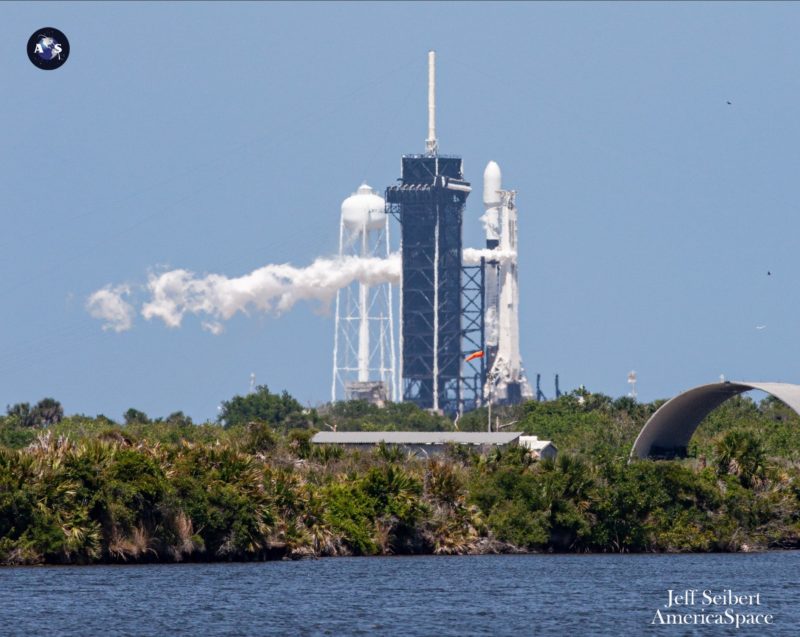
It may be an unlucky number for some—having visibly impacted America’s third manned lunar landing mission in 1970 and having purportedly been avoided by NASA leadership early in the Space Shuttle Program—but No. 13 proved charmed on Tuesday, as SpaceX pulled off its 13th Falcon 9 flight of the year. The veteran B1049 core, making a record-tying ninth foray into space, roared aloft from historic Pad 39A at the Kennedy Space Center (KSC) in Florida at 3:01 p.m. EDT, laden with another 60 Starlink internet communications satellites.
Tuesday’s launch was the 25th batch of “operational” Starlinks since November 2019 and brings the total number of satellites placed into low-Earth orbit during the last two years to over 1,500.
Weather conditions for Tuesday’s opening launch attempt were predicted to be around 80-percent favorable, with a similar outlook anticipated for the backup date on Wednesday. “A high-pressure ridge remains in place across Central Florida, keeping the weather associated with the low-pressure area well north,” noted the 45th Weather Squadron at Patrick Space Force Base in its L-1 briefing on Monday morning.
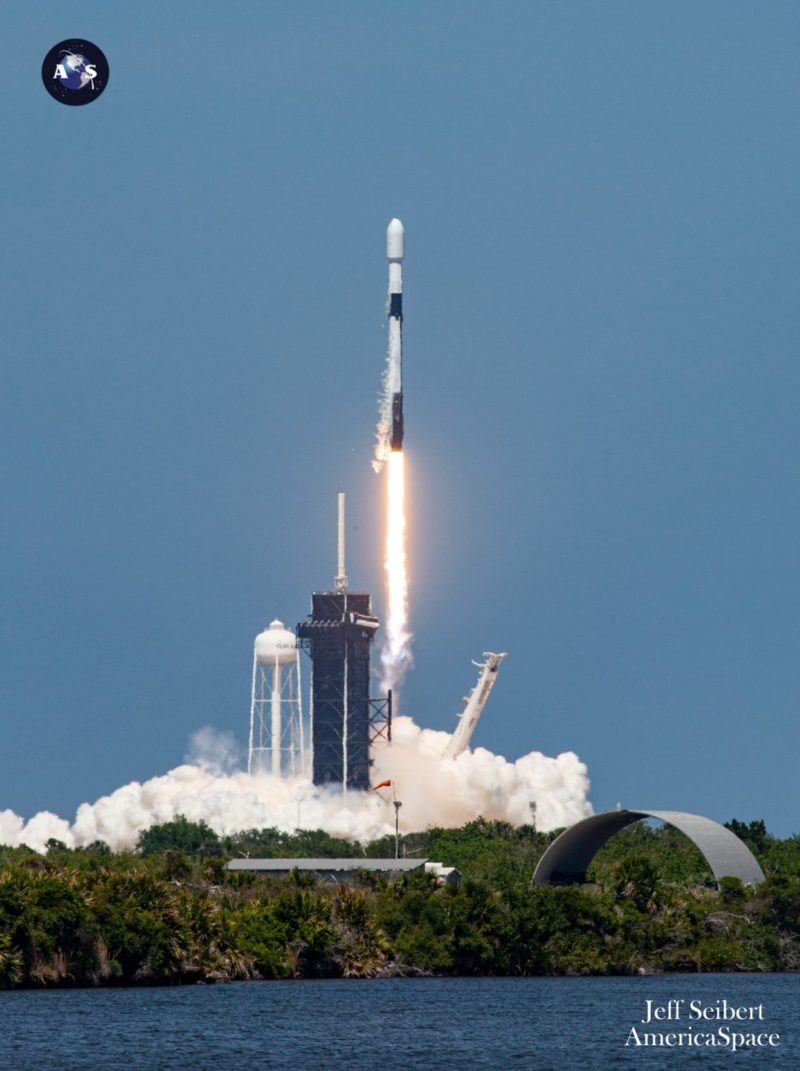
“On Tuesday, the unsettled weather associated with the low-pressure area moves into the Southeast U.S., but remains mostly north of the Florida Peninsula, thanks to the strong high-pressure ridge remaining across the area.” Primary weather concerns were a potential violation of the Cumulus Cloud Rule and Liftoff Winds Rule, with Booster Recovery conditions at sea classified as “Moderate”.
Blackened and scarred from eight previous launches and re-entries, B1049 and a brand-new second stage and payload fairing was rolled out to Pad 39A and put through a Static Fire Test of the nine Merlin 1D+ first-stage engines on Monday. Although SpaceX earlier tweeted a cautionary note that it was “keeping an eye on weather in the recovery area”, the countdown operations proceeded with exceptional smoothness. Liftoff occurred on time at 3:01 p.m. EDT and B1049 punched into crystalline Florida skies under 1.7 million pounds (770,000 kg) of propulsive yield for the first 2.5 minutes of flight.
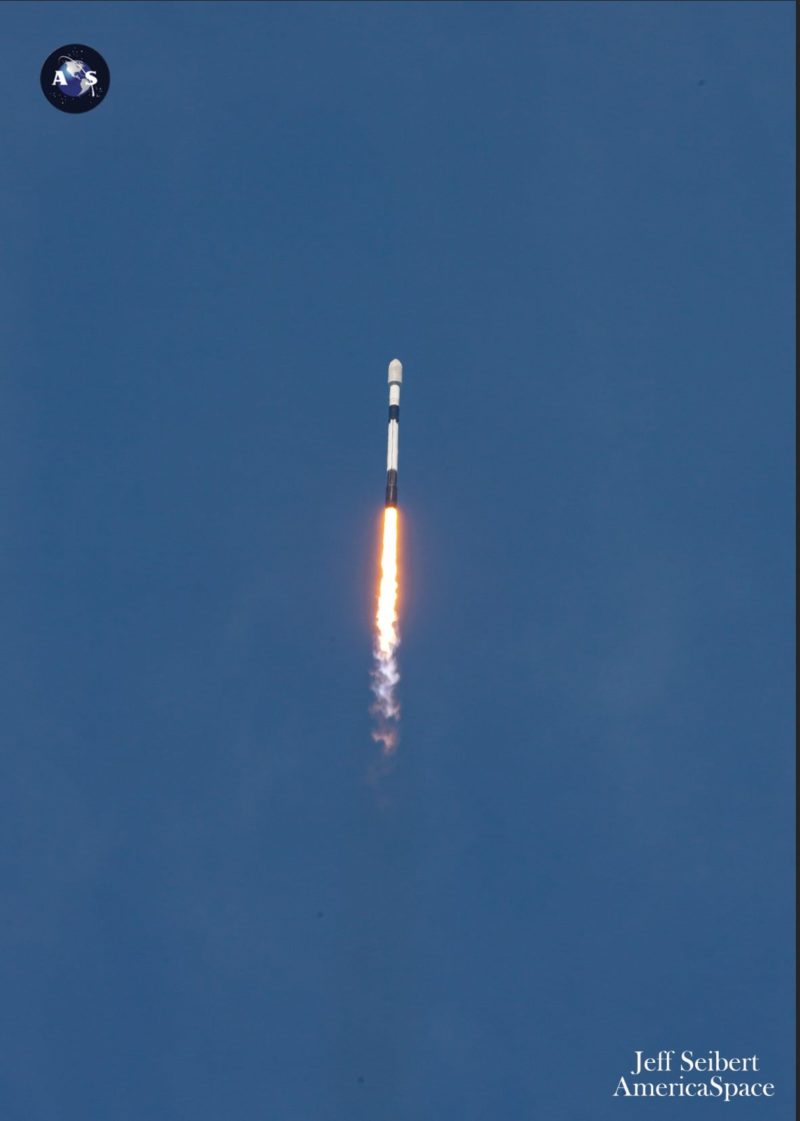
The veteran core—which has now logged nine successful missions since September 2018—then executed Entry and Landing Burns to precisely alight on the deck of the Autonomous Spaceport Drone Ship (ASDS), “Of Course I Still Love You”, situated about 390 miles (630 km) offshore in the Atlantic Ocean. Touchdown occurred about 8.5 minutes after liftoff. Meanwhile, the single Merlin 1D+ Vacuum engine of the Falcon 9’s second stage ignited for a longer, six-minute “burn” to begin the process of delivering the 60-strong Starlink stack towards their orbital drop-off point.
With her ninth mission now complete, B1049 joins sister B1051 as one of SpaceX’s life-leading boosters. She first flew way back in September 2018, on a mission which delivered the heavyweight Telstar 18V communications satellite towards Geostationary Transfer Orbit. Her next mission in January 2019 lifted the final ten-strong batch of Iridium NEXT global mobile communications satellites, making her only the second Falcon 9 core to achieve pinpoint ASDS landings off the East and West Coasts of the United States.
Since then, she has delivered a record-setting seven batches of Starlinks—totaling 418 of these small, flat-packed satellites—between May 2019 and this afternoon. Notably, those flights saw B1049 become the first Falcon 9 core to return safely from a fifth mission and the first in the fleet to fly a sixth and a seventh time. Including today’s ninth foray, she has now touched down seven times on the ASDS “Of Course I Still Love You” and twice on “Just Read the Instructions”, including the very first JRTI landing after its relocation from the West Coast to the East Coast last year.
With the deployment of today’s latest 60-strong batch of Starlinks, a total of 1,563 “production-design” satellites have been placed into orbit since May 2019, more than a quarter of which have launched atop B1049. And with ten of the 13 Falcon 9 missions launched since January having been totally dedicated to Starlink, no fewer than 610 satellites have headed uphill to date in 2021. Although 2020 achieved a higher overall number—833 in 14 missions between January and November—it is nevertheless impressive that 2021’s running total has been launched within the first half of the year.




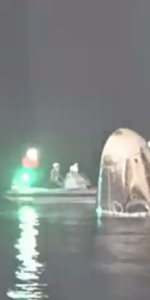
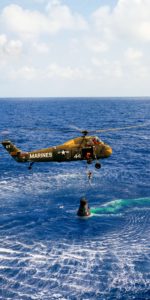
3 Comments
3 Pings & Trackbacks
Pingback:Record-Tying Falcon 9 Veteran Lofts 25th Batch of Starlink Satellites
Pingback:Second 10x-Flown Falcon 9 Launches, Historic Inspiration4 Mission Up Next « AmericaSpace
Pingback:Second 10x-Flown Falcon 9 Launches, Historic Inspiration4 Mission Up Next